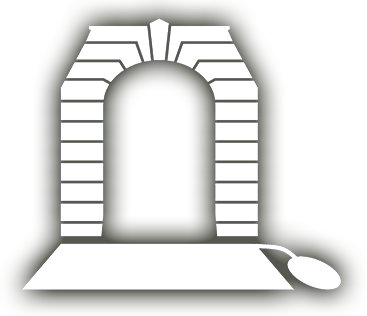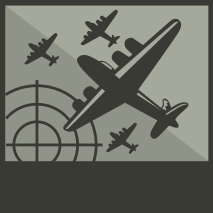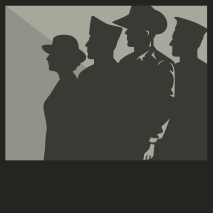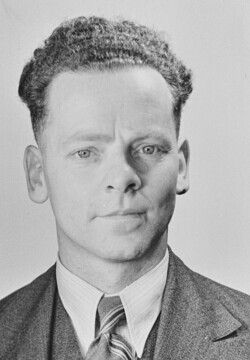DAWKINS, Stewart Milne
| Service Number: | 70524 |
|---|---|
| Enlisted: | 28 September 1942 |
| Last Rank: | Flying Officer |
| Last Unit: | RAAF Hospitals |
| Born: | NEW PLYMOUTH, NEW ZEALAND, 15 June 1909 |
| Home Town: | Not yet discovered |
| Schooling: | Not yet discovered |
| Occupation: | Not yet discovered |
| Memorials: |
World War 2 Service
| 28 Sep 1942: | Enlisted Royal Australian Air Force, Flying Officer, 70524, RAAF Hospitals | |
|---|---|---|
| 29 Nov 1944: | Discharged Royal Australian Air Force, Flying Officer, 70524, RAAF Hospitals |
Service Record
Flying Officer Stewart Milne Dawkins
(15 June 1909 – [date not recorded])
Stewart Milne Dawkins was 33 when he enlisted in the Royal Australian Air Force on 28 September 1942 — older than most of the young men rushing to the colours, but bringing with him maturity, skill, and a sense of duty sharpened by years already served in the Royal Navy and the New Zealand Territorial Force. A musician and teacher by trade, Dawkins was also qualified in first aid and artificial respiration — skills that would prove invaluable in the hospitals of the Pacific war.
Within weeks of enlisting he was commissioned as a Flying Officer, assigned to administration and special duties. By December 1942, he was on overseas service at Port Moresby, where Australian and American airmen flew desperate missions against Japanese strongholds. Soon after, he moved to Townsville, one of the busiest air hubs of the South-West Pacific.
In September 1943, Dawkins was posted to Milne Bay, New Guinea. Only a year earlier, Milne Bay had been the site of a ferocious battle that marked Japan’s first major land defeat of the war. By the time Dawkins arrived, it had become a vital base for Allied air operations and a centre for medical care. From there, he was sent forward again — to Kiriwina in the Trobriand Islands — where No. 3 Medical Receiving Station handled the endless flow of men struck down by malaria, wounds, and exhaustion.
Dawkins’ duties were not glamorous, but they were critical. In the wards and operating theatres of the RAAF hospitals, lives were saved and strength was restored. Every bomber that flew another sortie, every soldier who returned to the line, owed something to the unseen labour of men like him. His record shows long months of service in these dangerous, disease-ridden outposts, where the fight against malaria claimed almost as much energy as the fight against Japan.
In January 1944, after more than a year in the islands, Dawkins was transferred back to Australia, to Concord’s 3 RAAF Hospital. His health was failing. On 29 November 1944, he was discharged, medically unfit for further service. The war had taken its toll on him, as it had on so many.
But his service left its mark. He had stood his post in New Guinea and the islands, far from home, tending to the wounded, keeping men alive so they could return to their squadrons or their families. He wore the uniform of a Flying Officer, but his war was fought with bandages, medicine, and the steady presence that kept hope alive in the darkest hours.
Flying Officer Stewart Milne Dawkins may not have fired a shot in anger, but his contribution was no less vital. In the hospitals of Port Moresby, Milne Bay, and Kiriwina, he played his part in holding the line and turning the tide of the Pacific War.
Submitted 17 September 2025 by Jonathan Bookallil









